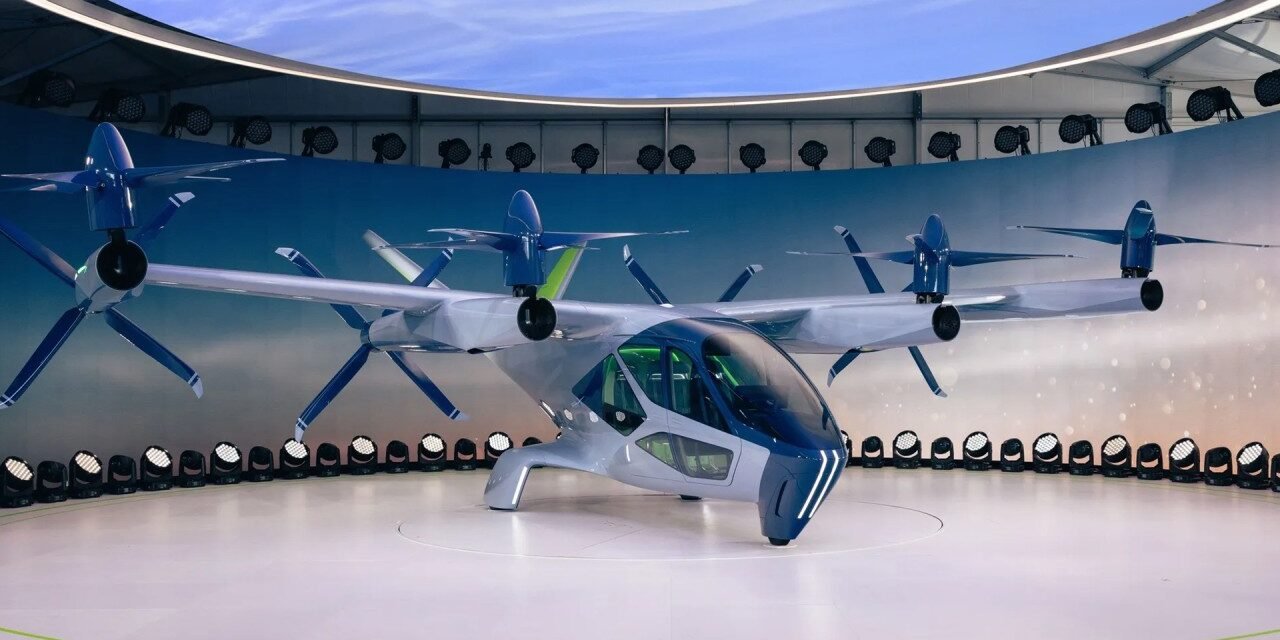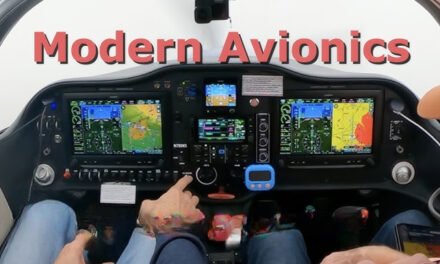Urban Air Mobility (UAM) and Electric Vertical Takeoff and Landing (eVTOL) aircraft are revolutionizing transportation by introducing sustainable, efficient, and technologically advanced solutions for urban and regional mobility. These trends aim to address traffic congestion, reduce environmental impact, and provide innovative mobility solutions. Here are the emerging trends in UAM and eVTOL:
1. Increased Investment and Collaboration
- Trend: Significant investment from private companies, governments, and venture capitalists is driving UAM and eVTOL development.
- Examples:
- Joby Aviation, Lilium, and Archer Aviation have raised billions in funding.
- Partnerships between aerospace giants like Boeing and startups (e.g., Wisk Aero).
- Implication: Accelerates research, development, and certification processes.
2. Diverse eVTOL Designs
- Trend: Manufacturers are exploring various configurations to optimize performance and efficiency.
- Popular Designs:
- Multirotor: Simple and compact (e.g., Volocopter).
- Lift + Cruise: Separate systems for vertical lift and horizontal flight (e.g., Joby Aviation).
- Vectored Thrust: Rotating propulsion for lift and cruise (e.g., Lilium Jet).
- Implication: Tailored designs for specific applications like passenger transport, cargo delivery, and emergency services.
3. Electric Propulsion and Sustainability
- Trend: eVTOL aircraft rely on electric propulsion to achieve zero-emission flight.
- Key Technologies:
- Advanced lithium-ion and solid-state batteries.
- Hybrid-electric systems for extended range and flexibility.
- Implication: Supports global goals for sustainable aviation and reduces urban air pollution.
4. Autonomous and Semi-Autonomous Operations
- Trend: Incorporating autonomy for pilot assistance or full unmanned operation.
- Technologies:
- AI-based flight control systems for autonomous navigation.
- Sensor integration for collision avoidance and real-time decision-making.
- Examples:
- Wisk Aero focuses on fully autonomous eVTOL aircraft.
- Implication: Reduces operating costs and expands scalability.
5. Regulatory Framework Development
- Trend: Global aviation authorities are establishing certification processes for UAM and eVTOL aircraft.
- Efforts:
- FAA (USA): Developing airworthiness standards and operational regulations.
- EASA (Europe): Released guidelines for VTOL design certification.
- Global Coordination: Harmonizing standards to facilitate international operations.
- Implication: Regulatory clarity accelerates commercial deployment.
6. UAM Infrastructure Development
- Trend: Building ground and air infrastructure to support UAM networks.
- Key Components:
- Vertiports: Landing and charging stations for eVTOL aircraft.
- Traffic Management Systems: Air traffic control tailored for urban environments (e.g., UTM—Unmanned Aircraft System Traffic Management).
- Examples:
- Urban-Air Port’s Air-One prototype vertiport in Coventry, UK.
- Implication: Enables seamless integration into urban transportation systems.
7. Integration with Smart Cities
- Trend: UAM is becoming a part of broader smart city ecosystems.
- Features:
- Integration with public transit systems for multimodal connectivity.
- Real-time data sharing for efficient operations.
- Examples:
- Partnerships between eVTOL companies and cities like Los Angeles and Singapore.
- Implication: Enhances urban mobility and reduces traffic congestion.
8. Expanding Applications Beyond Passenger Transport
- Trend: eVTOL aircraft are being used for a variety of roles beyond urban passenger transport.
- Applications:
- Cargo and Logistics: Rapid delivery of goods (e.g., Amazon’s drone delivery initiatives).
- Emergency Response: Air ambulances and disaster relief operations.
- Surveillance and Security: Monitoring and patrolling in urban areas.
- Examples:
- EHang’s autonomous eVTOLs for firefighting and emergency transport in China.
- Implication: Expands market opportunities and social impact.
9. Battery and Energy Innovations
- Trend: Research focuses on improving energy density, charging times, and battery life for eVTOLs.
- Innovations:
- Solid-state batteries offering higher energy density and safety.
- Rapid charging technologies to minimize downtime at vertiports.
- Examples:
- Lilium’s focus on high-performance battery technology for longer range.
- Implication: Overcomes range and operational constraints, enhancing commercial viability.
10. Safety and Public Acceptance
- Trend: Emphasis on safety and reliability to build public trust.
- Strategies:
- Demonstrating safety through redundancy in propulsion and control systems.
- Engaging with communities through pilot programs and education.
- Examples:
- Public flight demonstrations by companies like Volocopter and EHang.
- Implication: Ensures broader acceptance and adoption.
11. Collaboration with Aviation Ecosystem
- Trend: Partnerships with airlines, aerospace companies, and technology providers.
- Examples:
- United Airlines investing in Archer Aviation for future eVTOL services.
- Airbus and Boeing exploring UAM as part of their future mobility strategies.
- Implication: Leverages existing expertise to accelerate market entry.
12. Noise Reduction
- Trend: Reducing noise is a critical factor for urban operations.
- Solutions:
- Designing quieter rotors and electric propulsion systems.
- Conducting noise mapping studies for urban areas.
- Examples:
- Joby Aviation claims its eVTOL aircraft will be 100 times quieter than traditional helicopters.
- Implication: Ensures regulatory approval and public acceptance in noise-sensitive areas.
13. Market Expansion
- Trend: UAM and eVTOL are expanding beyond developed nations into emerging markets.
- Potential Regions:
- Asia-Pacific: High urban density and growing economies.
- Middle East: Investment in futuristic urban projects like NEOM in Saudi Arabia.
- Implication: Creates new opportunities for regional transportation and logistics.
14. Economic and Environmental Impact
- Trend: UAM is being positioned as a solution for sustainable economic growth.
- Benefits:
- Job creation in manufacturing, infrastructure, and operations.
- Reduction in greenhouse gas emissions compared to traditional vehicles.
- Examples:
- The Advanced Air Mobility (AAM) initiative in the US aims to promote economic growth while reducing environmental impact.
15. Emerging Challenges
15.1 Airspace Management
- Coordinating UAM traffic in crowded urban airspace without interfering with traditional aviation.
15.2 Cost and Scalability
- Reducing production and operational costs to make UAM affordable.
15.3 Cybersecurity
- Ensuring that autonomous and connected eVTOLs are protected against hacking.
Key Players in UAM and eVTOL
- Manufacturers:
- Joby Aviation, Lilium, Volocopter, Archer Aviation, Wisk Aero.
- Investors:
- Uber Elevate (now acquired by Joby), Toyota, and Hyundai.
- Infrastructure Providers:
- Urban-Air Port, Ferrovial, and Skyports.
Conclusion
UAM and eVTOL aircraft are poised to transform urban mobility by offering faster, greener, and more efficient transportation solutions. As technology, infrastructure, and regulations advance, these innovations will play a key role in the future of smart cities, helping to address urban challenges like congestion and pollution while creating new opportunities for economic growth.
Hashtags
#UrbanAirMobility #FutureOfTransportation #UAMInnovation #NextGenUrbanTravel #SmartUrbanMobility #eVTOLAircraft #ElectricAviation #AdvancedAirMobility #VerticalTakeoffTech #eVTOLInnovation #SustainableUAM #EcoFriendlyAviation #GreenAirMobility #ZeroEmissionsFlight #CleanUrbanTransport #NextGenAirTech #AIInAirMobility #SmartFlightSystems













